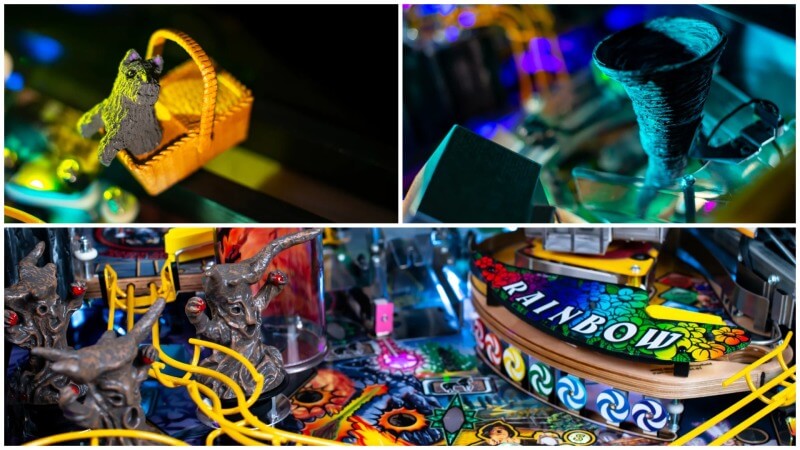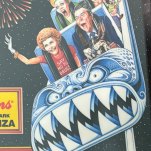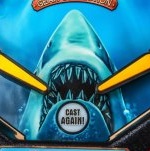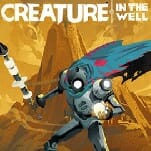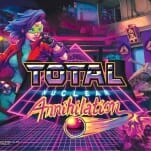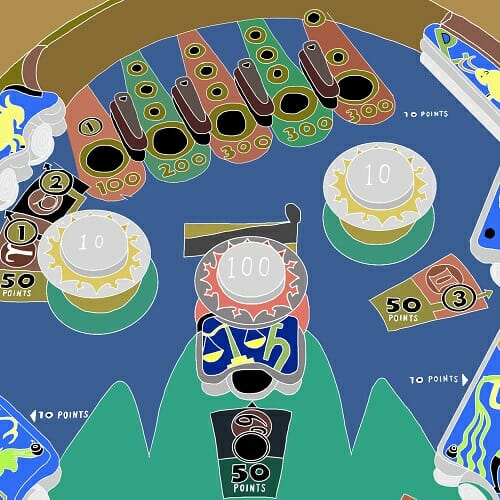Jersey Jack’s Wizard of Oz Made Pinball Better—And, Yes, More Expensive
A Very Good Pin #2: Wizard of Oz

When The Wizard of Oz pinball machine arrived in 2013, it was a revelation—a technicolor dream, much like the movie itself. The first American pin made by a company other than Stern in over a decade, Jersey Jack’s first machine was also the first to have an LCD screen on its backbox, and the first modern pin to have a color monitor. It integrated clips from the movie in full color, creating the template for every movie-based pin since, and made brilliant use of color all throughout the playfield. And in an inventive nod to the movie’s Kansas-set sections, in certain situations all that color would bleach out into black and white when your ball drained, giving you a small window of time to hit a shot and revive your ball. Oz is simply one of the most gorgeous pinball machines ever made, with visuals and game design that go hand-in-hand to deepen its theme.
It’s no secret that the first decade-plus of the 21st century was not a great time for pinball. By the end of the ‘90s the major manufacturers had all fallen apart or gotten out of the game, leaving the newly-rechristened Stern (which had stints in the ‘90s as the pinball wing of Japanese video game companies Data East and Sega) as the only player standing. Stern released a number of good games throughout the ‘00s, but their machines felt a little stagnant, with similar shots, layouts, and technology. It was a far cry from the pinball in the 20th century, which up until the late ‘90s saw numerous companies trying to outdo one another. I don’t want to say that Stern had grown complacent, but they didn’t have any competition, and other than a few notable highlights their machines suffered as a result.
That started to change in 2011, which also happened to be the same year Jack Guarnieri announced a new manufacturer called Jersey Jack. Tron: Legacy, probably the best Stern machine made during the decade’s first 15 or so years, was released a few months after that announcement, probably too soon to be seen as a reaction to the first new pinball company since the last century. 2012’s AC/DC was also a home run for Stern, revolutionizing the music pin. Both of those machines came out before Jersey Jack officially debuted with Wizard of Oz, so it’s possible Stern was on the way up, creatively, even without the competition.

It’s undeniable, though, that what Guarnieri’s team did with Oz directly impacted Stern’s subsequent machines—and thus influenced pinball as a whole in the 12 years since. Wizard of Oz might be an unusually old license for an IP-driven pinball machine—it’s a late ‘30s movie based on a series of books that started in straight-up 1900—but the game itself was on the bleeding edge of pinball design.
-

-

-

-

-

-

-

-

-

-

